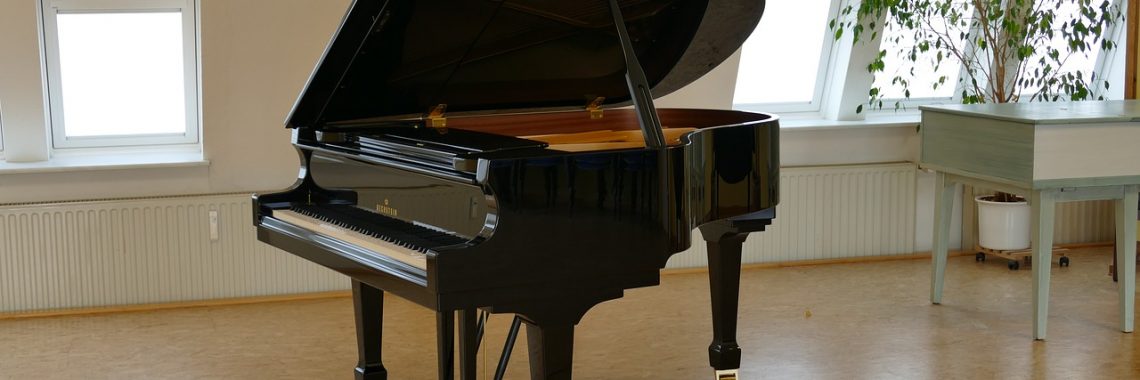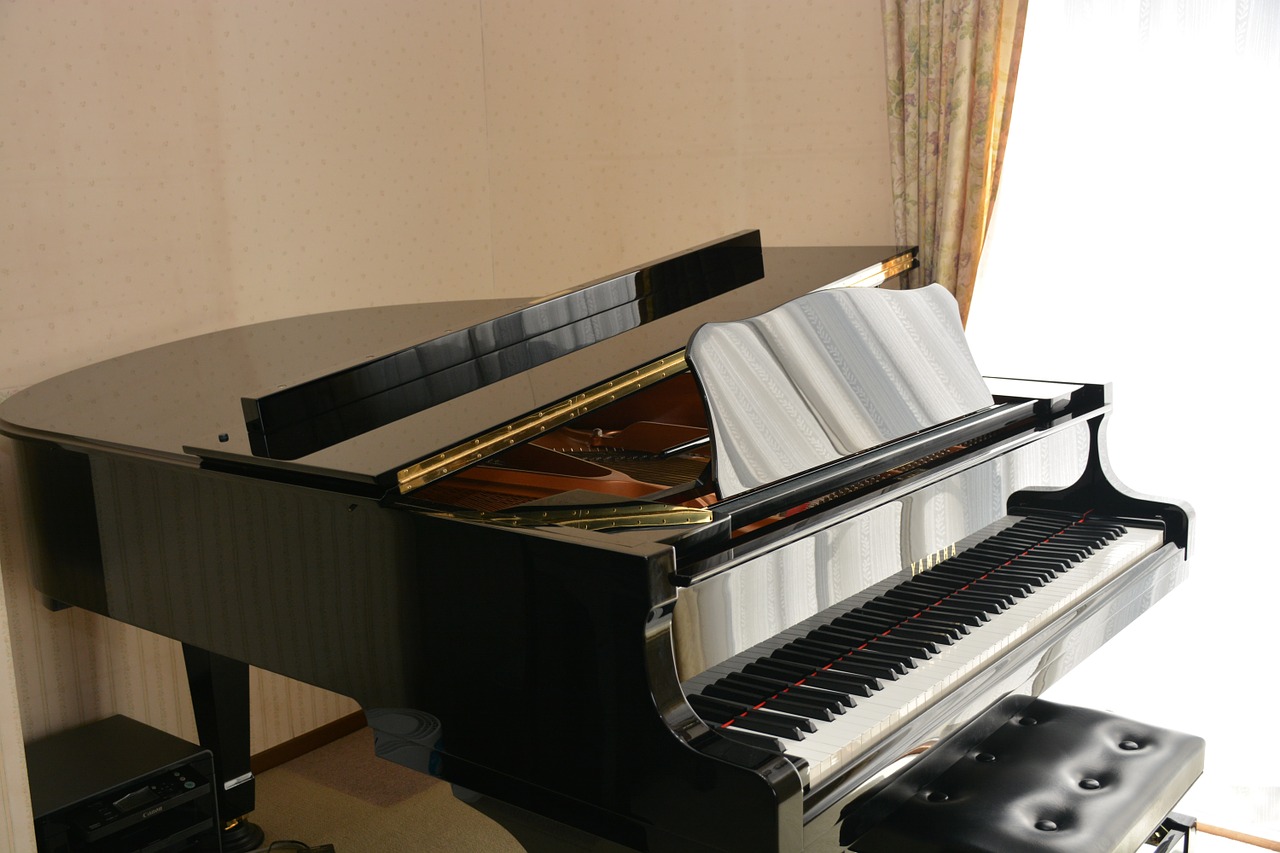Tips for Packing, Moving and Storing Musical Instruments
Although people who have owned musical instruments for some time know how expensive and fragile they can be, they are still often moved and stored carelessly by those who don’t know better. Whether you’re planning to move to a new home or you simply have to put a valuable instrument into storage for a while, here’s what you need to know to make sure that your prized possession stays in working condition.
Understanding the Big Four
The “big four” refers to the four biggest threats to a musical instrument that is placed in storage:
- Extreme heat
- Extreme cold
- Humidity
- Dust
These can and will do serious damage to an instrument on the road, in storage, or even when it’s sitting in your home not being played. Temperatures over 80 degrees Fahrenheit can cause seams on wooden instruments to open up, while temperatures around or below freezing can cause instruments to shrink and even crack. Meanwhile, excessive humidity can corrode electronic components and other metal parts, while low humidity can dry out a wooden instrument and cause it to crack. All of these things have been known to happen when an instrument is left in an unattended vehicle or a storage unit that isn’t climate controlled for too long.
If you’re not going to play an instrument, try to keep it in an environment that is around 70 degrees Fahrenheit with approximately 42 percent humidity. This might mean buying a humidifier for a wooden instrument if the air is dry where you are and keeping your instrument someplace with plenty of ventilation and a good HVAC system.
As for dust, you probably won’t have as much to worry about there, but you should still wipe off your instruments with a soft lint-free cloth before putting it away. According to Connolly Music, dust can scratch the finish of an instrument, and they can shorten the lifespan of strings on violins, guitars, and other stringed instruments.
Packing Instruments Carefully
Whenever you pack an instrument for storage or a move, Cheap Movers Seattle (www.cheapmoversseattle.com) says to try to stick with hard cases as opposed to soft cases or gig bags. Hard cases will do a better job of protecting instruments from getting knocked around, and they will keep them relatively dust-free. Use your original case for your instrument if you still have it.
If your instrument can be taken apart, do so. This is often the case for clarinets and other woodwind instruments, and it goes a long way towards keeping them safe and secure a case. If you have a bowed instrument, make sure you loosen the bow hair before you put it away as this will relieve the tension on the stick and prevent it from warping or breaking. Instruments in the violin family should have the strings kept mostly up to tension, but guitar strings should be loosened before the instrument is put into long-term storage.
People are often taken aback at how fragile musical instruments can be, and this frequently leads to problems. Always remember that most musical instruments are delicate and greater than the sum of their parts, and remember always to keep them someplace safe if you’re going to travel with them or place them into storage.







